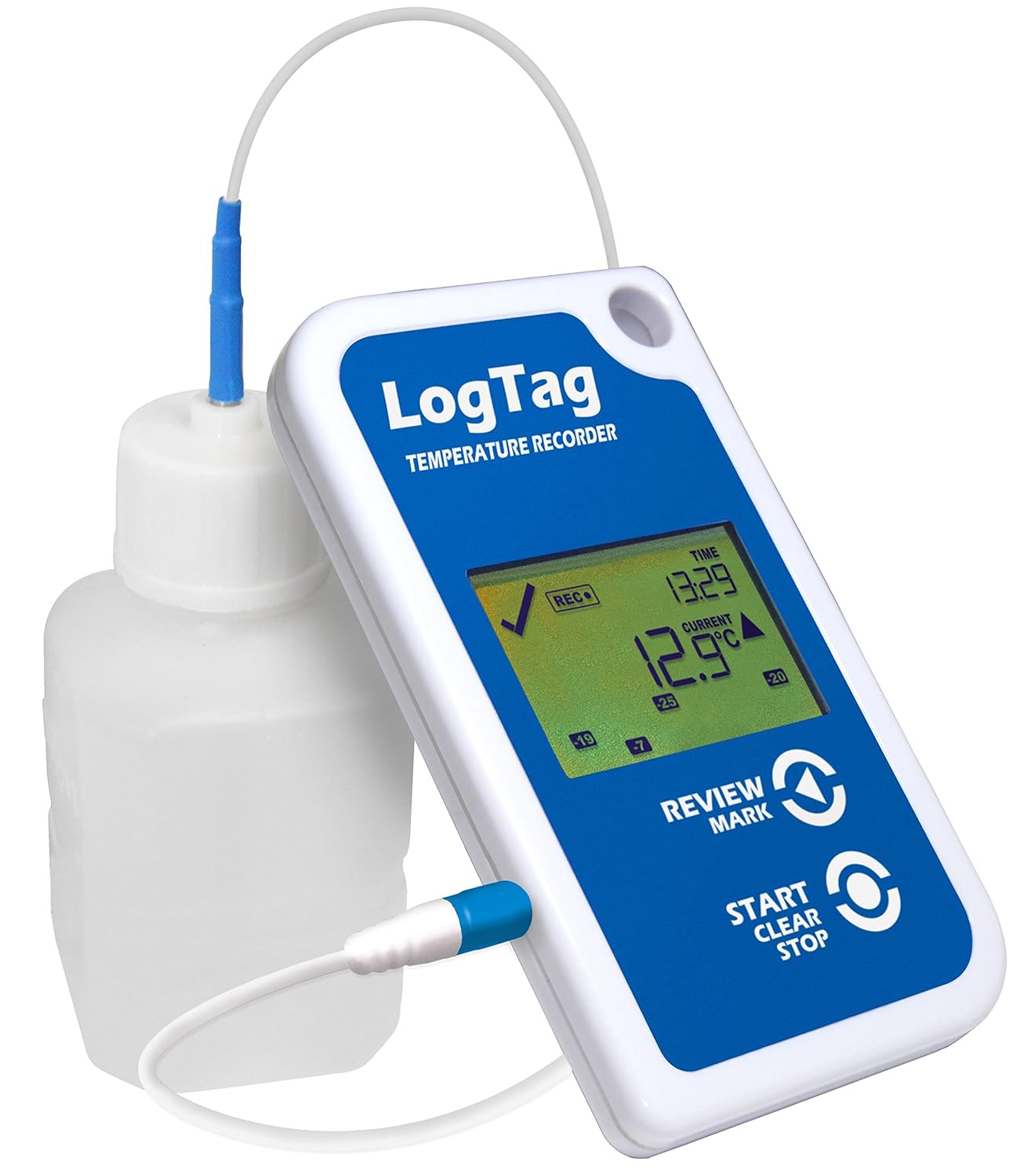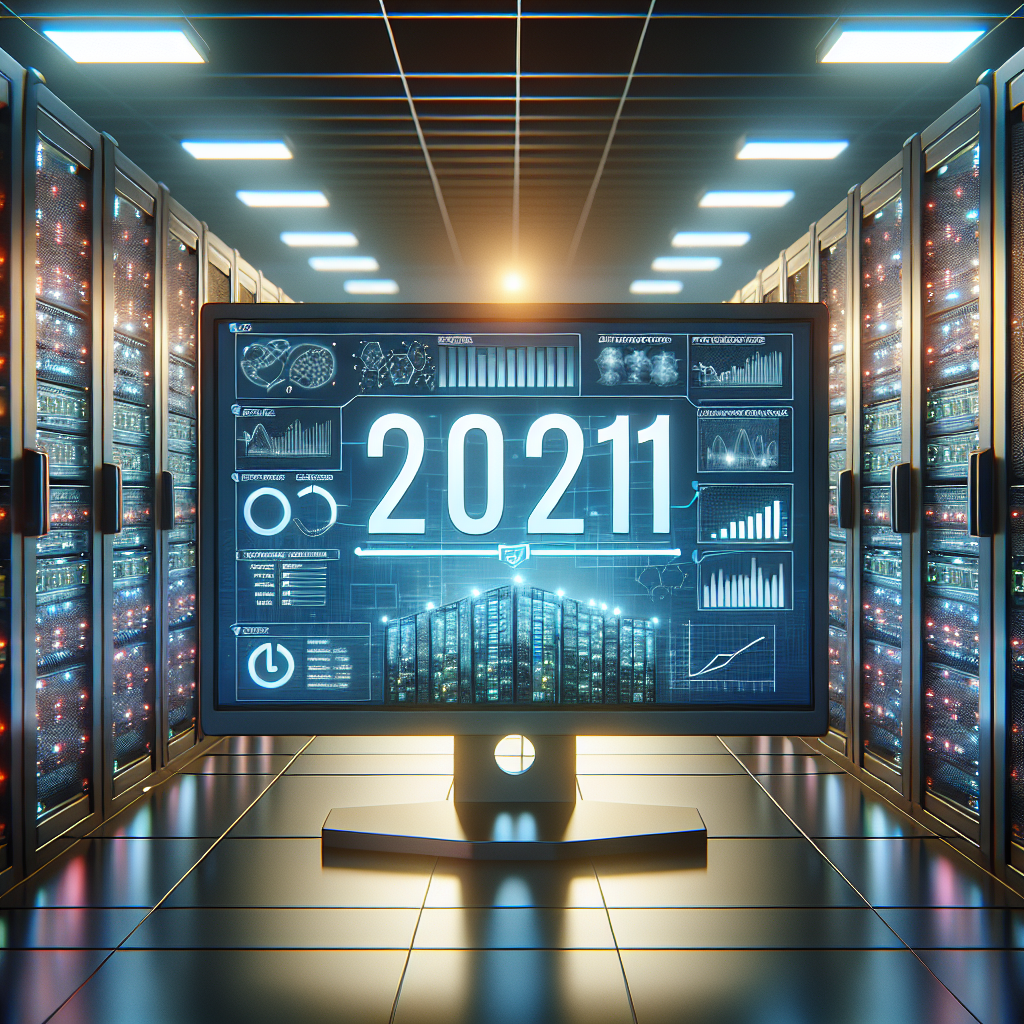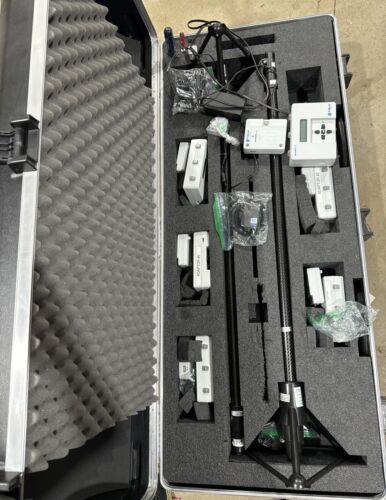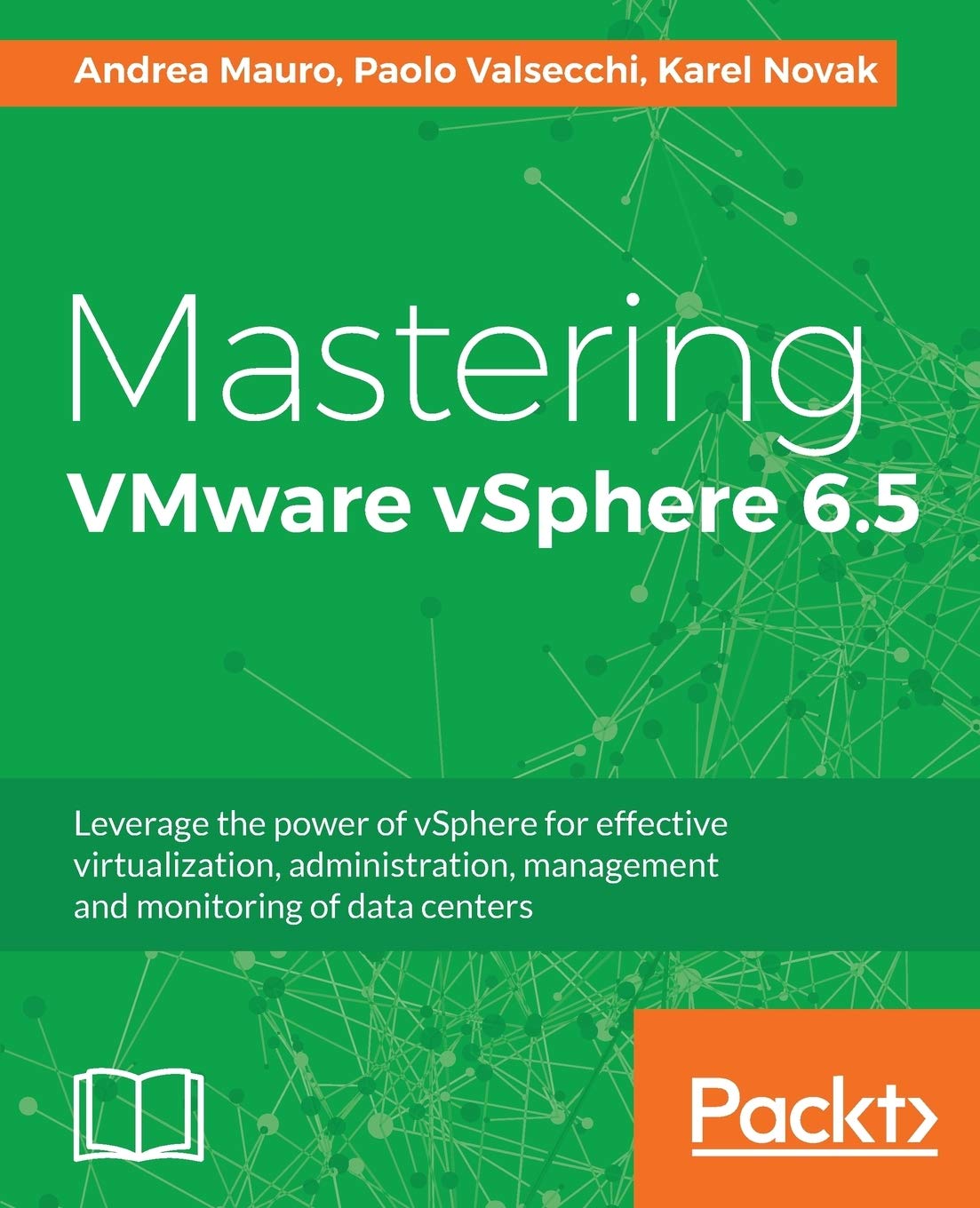In today’s digital age, data centers are the backbone of businesses, supporting their critical operations and storing vast amounts of information. As data centers continue to grow in size and complexity, measuring and monitoring their operational efficiency has become more important than ever. By using the right tools and techniques, businesses can ensure that their data centers are running at peak performance and are able to meet the demands of their operations.
Measuring and monitoring data center operational efficiency involves tracking key performance indicators (KPIs) that provide insights into how well the data center is performing. These KPIs can include metrics such as energy consumption, server utilization, cooling efficiency, and overall system availability. By regularly monitoring these KPIs, businesses can identify areas for improvement and take proactive measures to optimize their data center operations.
One of the most common tools used for measuring and monitoring data center efficiency is Data Center Infrastructure Management (DCIM) software. DCIM software provides real-time visibility into the data center’s infrastructure, allowing businesses to track and analyze KPIs, identify trends, and make informed decisions about resource allocation and capacity planning. With DCIM software, businesses can monitor power usage, temperature, and airflow, as well as track server and network performance to ensure optimal efficiency.
In addition to DCIM software, businesses can also use monitoring tools such as sensors and meters to track energy usage, temperature, and other key metrics in real time. By deploying these tools throughout the data center, businesses can gather accurate and detailed data on how their infrastructure is performing and identify opportunities for improvement.
Another important technique for measuring and monitoring data center efficiency is conducting regular audits and assessments. By conducting comprehensive audits of the data center’s infrastructure, businesses can identify inefficiencies, outdated equipment, and potential points of failure. These audits can help businesses pinpoint areas for improvement and develop strategies for optimizing their data center operations.
Overall, measuring and monitoring data center operational efficiency is essential for businesses looking to maximize the performance and reliability of their data center infrastructure. By using tools such as DCIM software, monitoring tools, and conducting regular audits, businesses can ensure that their data centers are running at peak efficiency and are able to support their critical operations effectively. Investing in these tools and techniques can help businesses reduce costs, improve performance, and enhance the overall reliability of their data center operations.












